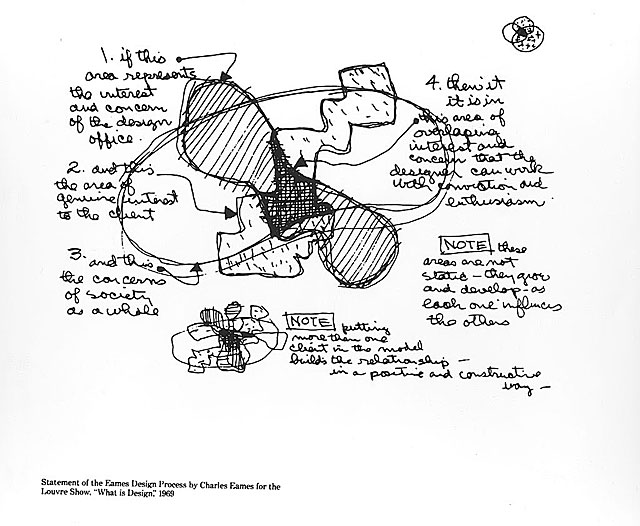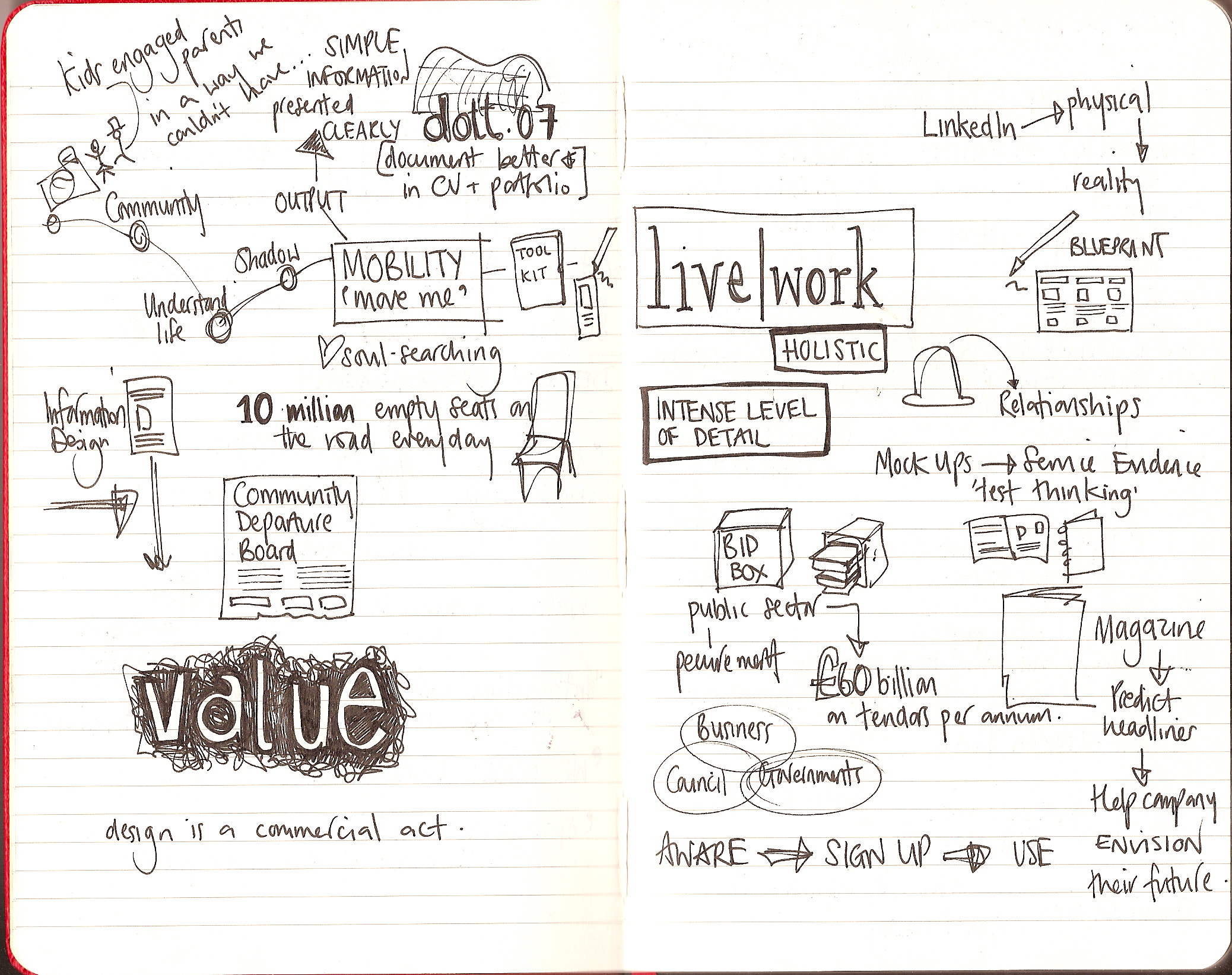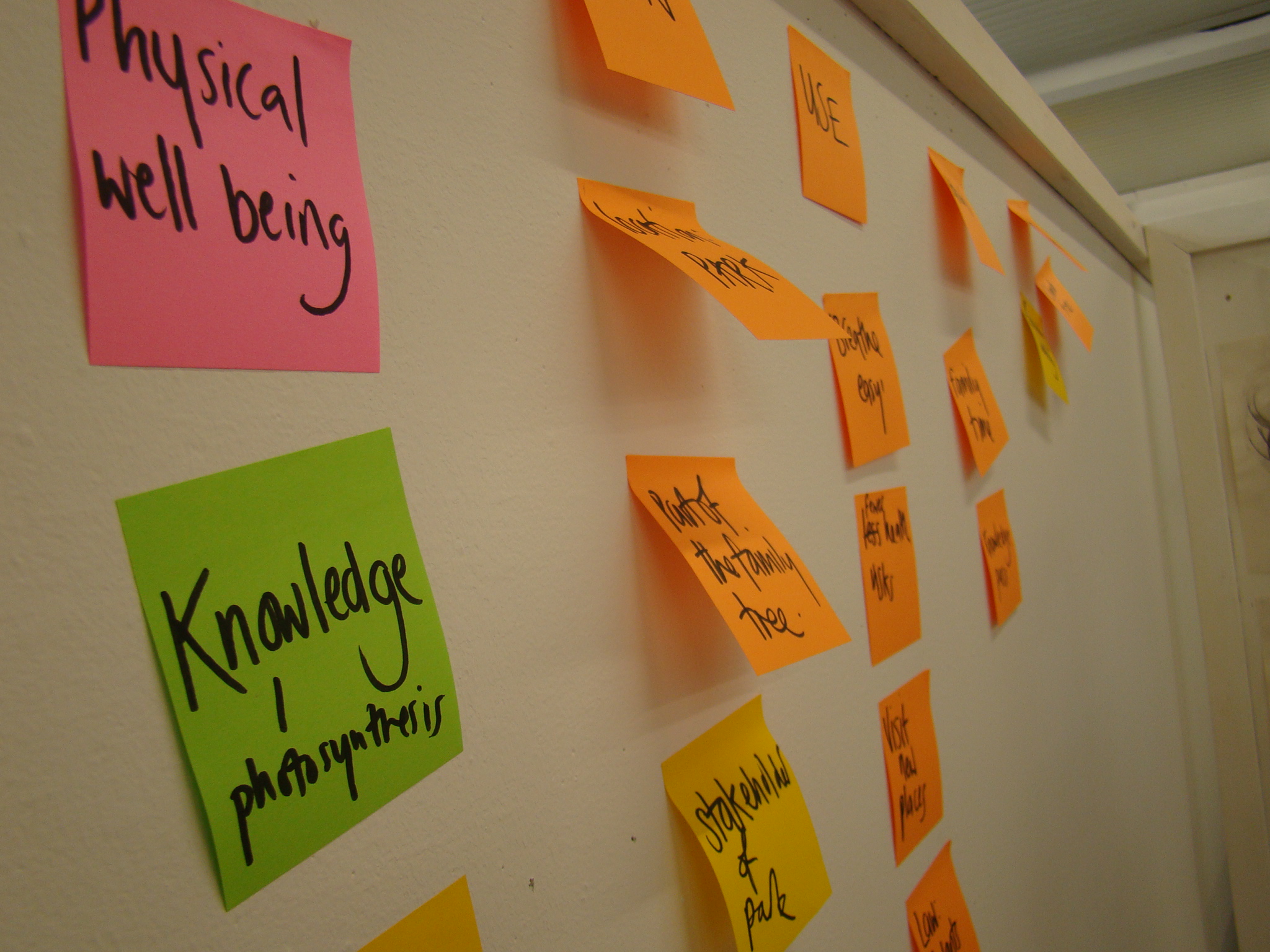Bowler hat with sleeves
The masters class spent Friday with David Townson; David focused on design and design management in the morning and then spent the afternoon with us exploring blueprinting. David, who trained in Product Design and has a Masters in Design Management, set up the Newcastle Livework office and has recently set up his own design management company: Aptide.
That familiar question "what is design?" was at the forefront once again. This is a question that I have been answering and asking myself and others for years and reading opinions and insights from creatives.Yet it still fascinates me.
David showed us this little sketch by Charles Eames, drawn with "conviction and enthusiasm" the darkest area highlights overlapping interest.
His talk was full of optimism. Indeed, there are too many design graduates and the reality is there are not enough jobs. Even when working, design is competitive and complex. Surely, that is what makes it interesting? and it means those who get where they want to be get there from passion and hard work (and a little bit of luck:)
This takes me back to a question Jonathan once asked me: is design a vocation or an occupation? The answer comes easily to me; a vocation.
An interesting point raised was "design being a commercial act" and the intense level of detail that the design of a service requires.
Design consultant Dean Brown questioned David on how he gets/finds work?
The response was the advice to "write down a list of everyone you know". Be aware of the power of word of mouth.Make connections. Ask yourself what can I offer people? How can I add value to this business/company/life? Also, in the North East of England you can join a 'Service Provider Register' although I can't seem to find an equivalent for Scotland?
David described Jamie Oliver as a design thinkist...an opinion I completely agree with. The way he engages with people, integrates himself into their lifestyle etc. is admirable.
When asked to define value in the public sector - he interpreted value as time, effort, a new approach - help in dealing with particular situations- making things easier for people.
All designers are researchers of some form. Therefore, there is no hierarchy to "who does the research?" Importantly there is a structure and people cluster around specific themes of research.
If you only read one book this year let it be this: The Brand Gap
I interpreted the main themes of the talk to be : looking at the bigger picture, understanding design is all about other people, spotting connections and collaboration.
Indeed these themes are a strong focus of the Design History Theory and Practice module at Dundee. This module is taken by a wide range of disciplines: jewellery, textiles, graphics, product and media. Students are encouraged to be worldy aware, collaborative and open-minded.
Sadly, this connection was lost on one particular jewellery student who flippantly voiced Davids talk was irrelevant as he was not a jeweller. This narrow-minded attitude is primarily what is wrong with design education and the attitude of young designers. Of course, disciplines vary...teams of architects sketch outdoors, lone jewellers solder in workshops, graphic designers collaborate with web designers BUT the underlying commonality is curiousity. This means asking questions about how other designers work, learn and think...all the while eager to apply the advice and lessons from the experienced to your own field...
An example of a tool that can be used by all designers is blueprinting: a tool that has become more talked about since being adopted and applied by service designers.
It structures and categorizes thinking - an iterative tool that can be used at the early stages of the design process. David talked about 'verbing' - take an object and service-ize it - make it a doing word.
My group created a rough blueprint from the question: What service might clean air enable? To very briefly summarize - The inevitable first thought was plants/trees but we focused on the physical community behind the service, the park. A participant of the service immediately became a stakeholder in the park. The 'leave behind' was interesting as we were keen to adopt the notion of passing on knowledge. So if you were moving to a new area you had to pass on your little section of the park to a friend.




